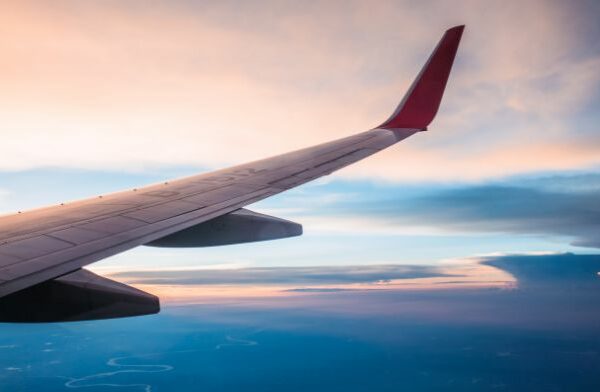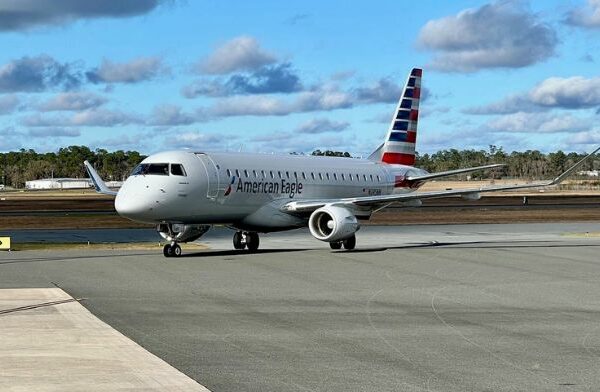With the E2 programme, Embraer will be able to address a wider market than it could with the E1 programme, said John Slattery, president and CEO Embraer Commercial Aircraft, speaking at a pre-Farnborough media day in Lisbon.
Embraer has delivered the third E190-E2 aircraft to Widerøe and the E195-E2 is on schedule for the first half of next year with launch operator Azul, Slattery said, while the E175-E2 is to enter into service in 2021.
With the potential to address a wider market through the E2 programme, Slattery suggested that the E175-E2 for example, could win “some of the turboprop market” particularly those operating longer than 300 nautical miles.
He also highlighted that Embraer is not building the E175-E2 exclusively for the US market, but expects to see sales in areas around the world such as Northern Europe, the Indian subcontinent and China.
Answering a question on whether Embraer would build a turboprop, Slattery said Embraer are “continuing to run the rule over what a new generation, clean sheet, state-of-the-art turboprop could look like,” particularly with its focus on the niche of everything below 150 seats. However, currently, it’s not something with a board level focus, which is “exclusively” on the E2 programme.
On the other end of the scale, Slattery said he expects to see the E195-E2 flying with mainline, network carriers across the world, “It is going to open up new opportunities for us, and I expect to see low-cost carriers and ultra-low-cost carriers as they chase profitability, as they need to get away from those red oceans.”
“You can’t keep dumping more narrow-body capacity into the same market and expect to get profitability, you have to go after those secondary and tertiary markets and you can’t do that profitably with big metal, you have to go to those secondary and tertiary markets with right-sized metal,” he added.
With true low-cost carriers Slattery suggested the E2 “has not been as penetrative” of that market as he would have liked, but explained: “When you now look at the capability from a seat mile economics perspective, coupled with that lower trip cost of the 195-E2 – that machine is built for mainline, network and low-cost carriers.”
He said of the aircraft, “Because you can have 146 seats in a high density configuration in that aircraft, and with that level of revenue capture capability, coupled with the low seat mile cost, we think it’s a perfect aircraft for the low-cost carriers. Not only in South East Asia, but in Western Continental Europe and in the United States to embrace that aircraft and go to those secondary and tertiary cities and join those bilaterally.”
He added that the E195-E2 is ideal for the low-fare airline market, potentially to complement narrowbodies such as the Airbus A320s.







